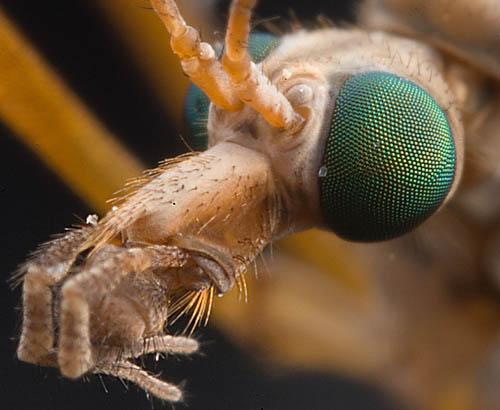With November knocking on the door and temperatures throughout much of the eastern half of the country feeling more like late summer than late fall, the impact of unseasonably warm weather has created what Michigan State University turf researchers described as an "interesting challenge for fall turf management.
 According to the National Weather Service, many locations throughout Michigan experienced record high temperatures during the last week of summer. In fact, throughout much of that week daily high temperatures topped 90 degrees across the state's mitten. Toss in localized droughtlike conditions, and there appears to be no end in sight for golfers or mowers.
According to the National Weather Service, many locations throughout Michigan experienced record high temperatures during the last week of summer. In fact, throughout much of that week daily high temperatures topped 90 degrees across the state's mitten. Toss in localized droughtlike conditions, and there appears to be no end in sight for golfers or mowers.Although temperatures should drop a bit, the NWS still is calling for warmer-than-average temperatures throughout much of the eastern half of the U.S. at least through the end of the year, and that means maybe doing things differently in regards to weed, disease and insect management as well as fertility applications, according to a release by Kevin Frank, Ph.D., Joe Vargas, Ph.D., David Smitley, Ph.D., and Aaron Hathaway.
CLICK HERE to read the article in its entirety.
For difficult-to-control broadleaf weeds that have survived through dry conditions, researchers at Michigan State recommend this year trying combination products that provide both contact and systemic modes of action.
According to that group, "the translocating active ingredients have at least a chance to move to the active site, while the contact will provide some extra burndown, which is not dependent on the growth of the weeds in unirrigated sites."
From a disease perspective, Waitea patch and rust have been frequent visitors in Michigan this fall. Vargas says fungicides that are effective in managing brown patch also should help control Waitea patch.
Fertilizer applications this year might require some new thinking because of the warm, dry conditions. Researchers at MSU say to proceed with October fertilizer applications in irrigated, growing turf, but suggest waiting for rainfall before making applications in drought-stressed dormant turf, unless the fertilizer is primarily slow release.
Quick-release sources such as urea that are applied to dry, dormant turf could result in high gaseous volatility losses. Stabilized urea fertilizers contain a urease inhibitor to suppress volatilization and would be beneficial. However, even if you plan on using these products, wait until some precipitation returns to stimulate turf growth before making an application, they say.
Japanese beetles have been increasing their range throughout Michigan in recent years, rooting damage from skunks and raccoons is widespread this year.
Researchers suggest insecticides such as Sevin or Dylox for control of late-season Japanese beetle and European chafer grubs.
Likewise, European crane fly populations have built up to damaging levels in much of the greater Detroit and Grand Rapids areas, with a big emergence of crane flies reported by many in late September. After the larvae of the crane fly are found in October, treatments can be made to prevent most of the crane fly damage expected in late October and next April and May. October treatment options include insecticides with the active ingredients bifenthrin, carbaryl, chlorantraniliprole, imidacloprid and trichlorfon.

